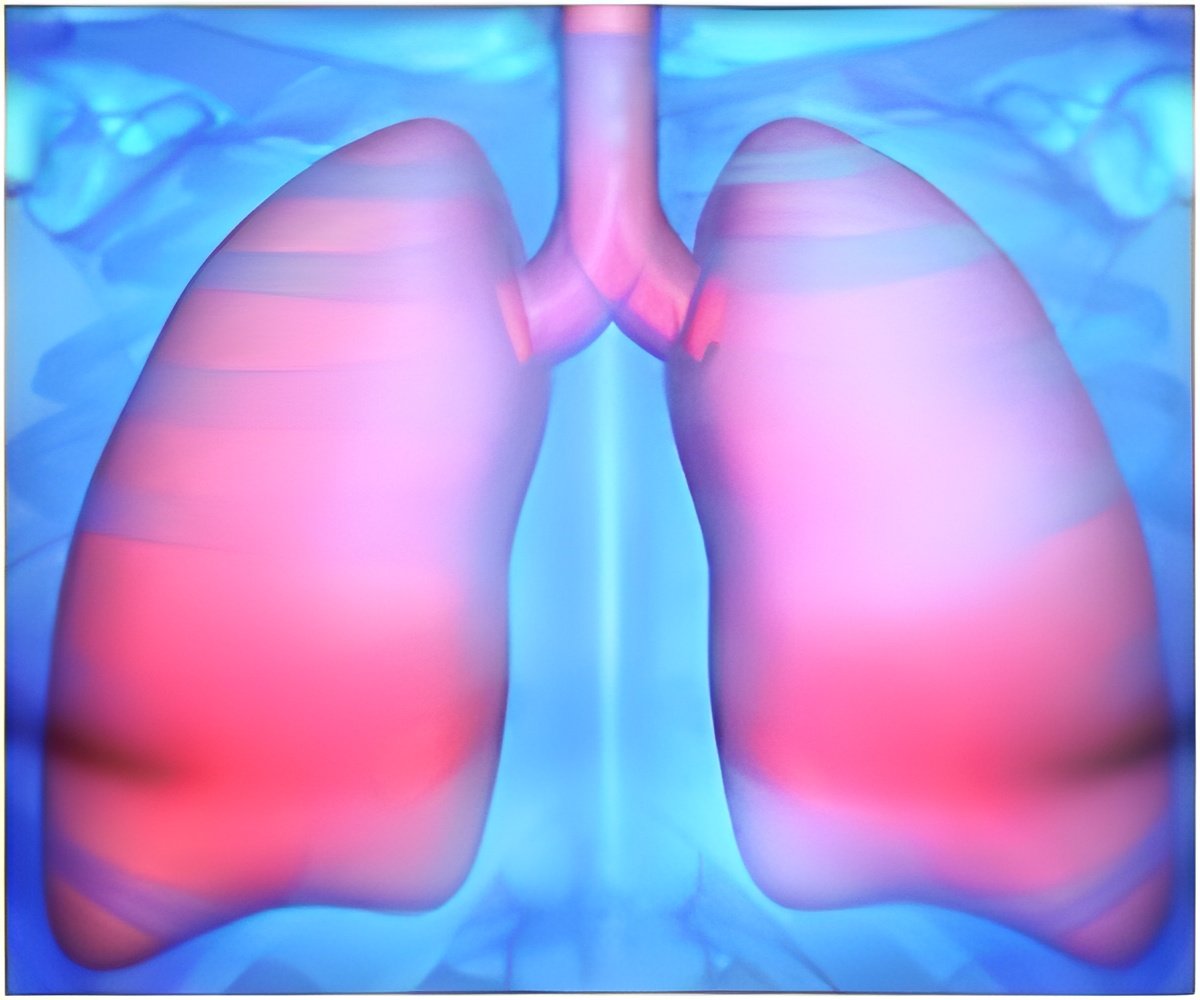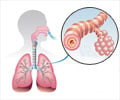Researchers employed a sophisticated genetic sequencing technique to identify pathogens and patterns behind unknown respiratory illnesses.

TOP INSIGHT
The method, called VirCapSeq-VERT and developed at CII, identified nine clusters of infections, including one potentially related to tourism from the U.K.
"The discovery potential of deep sequencing of this U.S.-Ugandan study," Hirsch writes in his editorial, "is... highlighted impressively by the identification of picobirnavirus in two cases as well as measles as the cause of SARI clusters in 18 cases... Remarkably, five cases... could be traced back to an unvaccinated tourist from England and an outbreak in Manchester, U.K., in 2011." Hirsch goes on to assert that the "state of the art" test "not only sets standards for resource-rich industrial settings, but provides... another proof-of-concept of feasibility and impact of innovative joint projects and partnerships between advanced research groups and dedicated institutions in the resource-limited countries."
Co-first author Rafal Tokarz, PhD, a research scientist at CII, says traditional public health surveillance systems of the kind used by low- and middle-income countries often fail to detect or control outbreaks of infectious disease. "Precision sequencing can improve on these systems by capturing detailed information on at-risk populations while rapidly identifying any new pathogens," he says. "However, continued testing is necessary to assess feasibility of using these methods to conduct real-time public health surveillance."
"What we are talking about is precision public health--integrating genomics, big data, and spatial analyses to identify vulnerable populations and areas where high-impact infections emerge and using these insights to deploy resources precisely and efficiently," says co-first author Matthew J. Cummings, MD, a postdoctoral fellow in the Division of Pulmonary, Allergy, and Critical Care Medicine at Columbia University Irving Medical Center. "One-size-fits-all public health solutions are just as obsolete as one-size-fits-all approaches to cancer therapy."
"Every year, acute lower respiratory infections are responsible for nearly 3 million annual deaths worldwide, predominantly in children and the elderly," says W. Ian Lipkin, MD, co-author, director of CII, and the John Snow Professor of Epidemiology at the Columbia Mailman School. "In addition, outbreaks of associated with novel viruses like avian flu, MERS, and SARS, along with periodic outbreaks caused by vaccine-preventable viruses such as measles, threaten global health security. VirCapSeq-VERT will be an important tool in the identification and containment of outbreaks."
 MEDINDIA
MEDINDIA




 Email
Email







